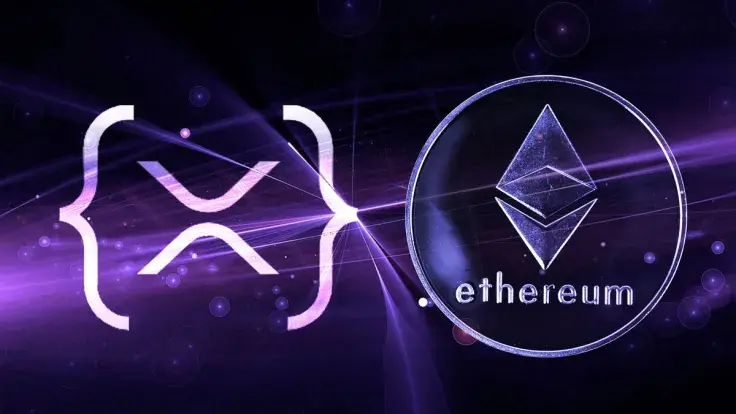
Disclaimer: The opinions expressed by our writers are their own and do not represent the views of U.Today. The financial and market information provided on U.Today is intended for informational purposes only. U.Today is not liable for any financial losses incurred while trading cryptocurrencies. Conduct your own research by contacting financial experts before making any investment decisions. We believe that all content is accurate as of the date of publication, but certain offers mentioned may no longer be available.
In a new tweet, RippleX, which supports XRPL ecosystem's development and growth, explains the details of the incoming EVM sidechain on XRP Ledger.
According to it, the Ethereum Virtual Machine (EVM) compatible XRPL sidechain is available on testnet. Users can set up an account and submit a transaction using the EVM sidechain bridge.
🧵 #DYK XRPL Thread: EVM Sidechain
— RippleX (@RippleXDev) March 13, 2023
The Ethereum Virtual Machine (EVM) compatible XRPL sidechain is available on testnet, and brings all kinds of #web3 applications to the #blockchain community.
Check out the intro. #BuiltOnXRPL (1/6)https://t.co/dUfpEoqjWn
In October, software company Peersyst announced the release of the first phase of the EVM sidechain for XRPL, which launched on XRPL Devnet.
Phase two of the project features a permissionless EVM sidechain and bridge that connects to XRPL Devnet to test scalability in a controlled environment.
At the end of the three-phased development, a permissionless EVM sidechain and bridge will be available on the XRPL mainnet.
Ripple CTO David Schwartz believes bringing Ethereum smart contracts to XRP Ledger (XRPL) will lower the barriers to entry for developers wanting to build apps with cross-chain interoperability.
Former Ripple advisor to lead Fed review of failed Silicon Valley Bank
In light of Silicon Valley Bank's failure, the Federal Reserve Board said on Monday that Vice Chair for Supervision Michael S. Barr, a former Ripple advisor, is in charge of reviewing the supervision and regulation of the bank. By May 1, the evaluation will be made available to the public.
The Federal Deposit Insurance Corporation (FDIC) was appointed as a receiver for a subsequent sale of the bank's assets after it was closed down by California banking regulators last week.
Uncertainty surrounded the specifics of the tech-focused bank's abrupt demise, but it appeared that the Fed's aggressive interest rate hikes the year before, which drastically tightened financial conditions in the start-up sector where it was a major participant, were to blame.

 Dan Burgin
Dan Burgin Vladislav Sopov
Vladislav Sopov U.Today Editorial Team
U.Today Editorial Team